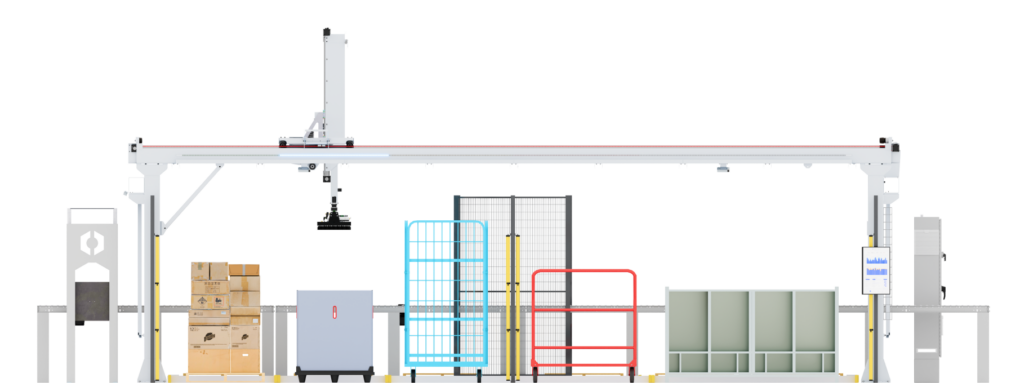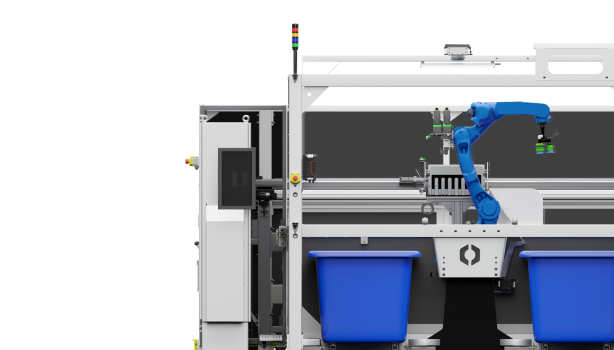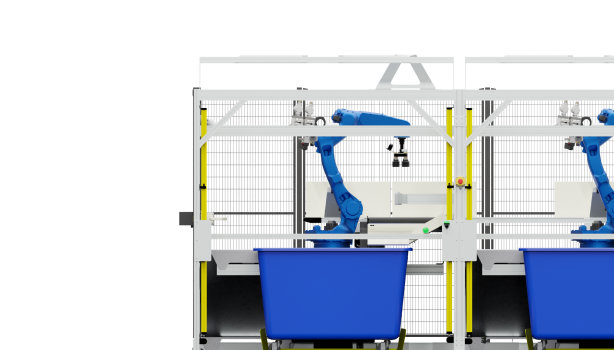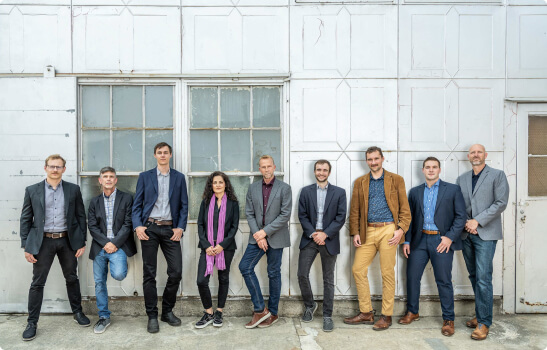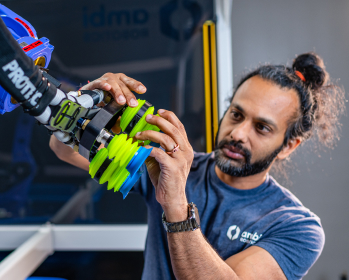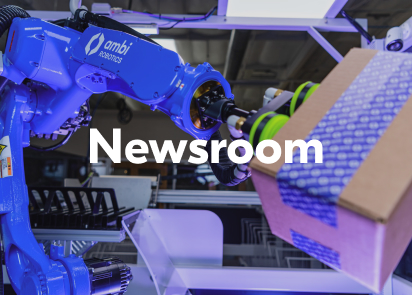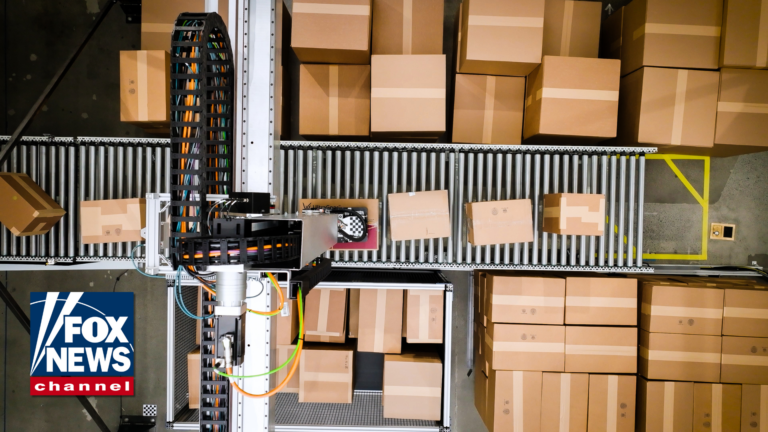IN THE NEWS
In the Future, Warehouse Robots Will Learn on Their Own
BERKELEY, Calif. — The robot was perched over a bin filled with random objects, from a box of instant oatmeal to a small toy shark. This two-armed automaton did not recognize any of this stuff, but that did not matter. It reached into the pile and started picking things up, one after another after another.
“It figures out the best way to grab each object, right from the middle of the clutter,” said Jeff Mahler, one of the researchers developing the robot inside a lab at the University of California, Berkeley.
For the typical human, that is an easy task. For a robot, it is a remarkable talent — something that could drive significant changes inside some of the world’s biggest businesses and further shift the market for human labor.
Today, robots play important roles inside retail giants like Amazon and manufacturing companies like Foxconn. But these machines are programmed for very specific tasks, like moving a particular type of container across a warehouse or placing a particular chip on a circuit board. They can’t sort through a big pile of stuff, or accomplish more complex tasks. Inside Amazon’s massive distribution centers — where sorting through stuff is the primary task — armies of humans still do most of the work.
The Berkeley robot was all the more remarkable because it could grab stuff it had never seen before. Mr. Mahler and the rest of the Berkeley team trained the machine by showing it hundreds of purely digital objects, and after that training, it could pick up items that weren’t represented in its digital data set.
“We’re learning from simulated models and then applying that to real work,” said Ken Goldberg, the Berkeley professor who oversees the university’s automation lab.
…

